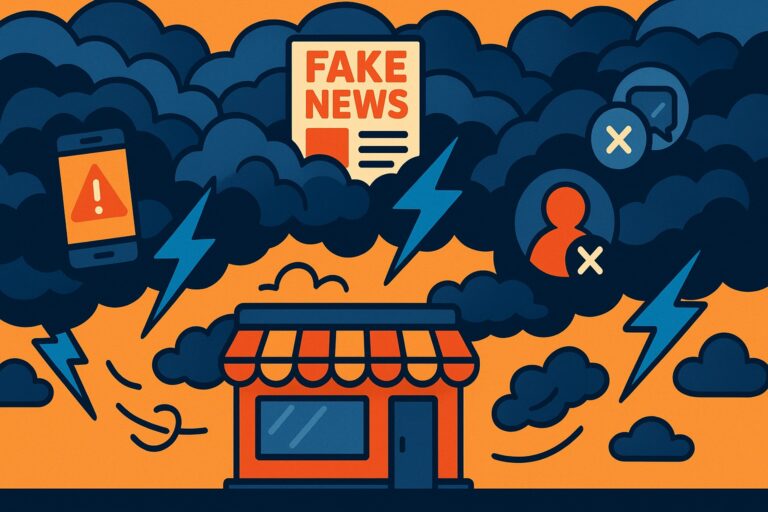Fake profiles are accounts used by threat actors in order to anonymously stir up controversy on various topics, damaging the reputation of large entities such as brands and businesses, and undermining trust in governments by spreading fake news and disinformation.
They have plagued social media since its inception.
When Elon Musk acquired Twitter (Now rebranded as X) in 2022, he publicly said that estimated 20% of its user base were fake profiles. Meta is facing a similar issue, as they have terminated billions of fake profiles in 2023 on Facebook alone.
Who’s Hiding Behind Fake Accounts?

It’s a known fact that most social media sites allow users to create usernames that aren’t linked to their real identities. This anonymity makes it easy for bad actors to create fake accounts and bots on social media and hide them in plain sight using profiles that appear to be legitimate.
In the past, creating bots was a tedious task. The technology was not as advanced in the early days of social media as it is now, and the way in which they operated was unorganized and sloppy.
The rise of GenAI technology has made creating and operating bot networks easier than ever. These advancements have also made bots appear more authentic, which makes them difficult to discern from real accounts, often using high-quality AI imagery and detailed biographies.
Malicious actors have jumped at this opportunity and used fake accounts to create a chaotic online environment with the aim of spreading fear, paranoia, and chaos, causing billions of dollars of damage to corporations.
Why Do Bad Actors Create Fake Accounts?
Fake accounts could be used in multiple different ways, but ultimately their end game goal remains the same: Create or latch on to topics and use disinformation tactics to further the bad actors’ agenda.
One common use is to spread disinformation about brands and companies.
These fake accounts serve to spew misleading narratives and create false engagement (which is then boosted by the algorithms of social media platforms) in an attempt to damage the credibility of said entities.
The perpetrators can be trolls, enraged customers, or even ideologically motivated bad actors. For companies and brands, this can translate to a significant hit on their reputation and consumer trust, ultimately leading to detrimental effects on revenue.
How Are Fake Accounts Being Used?
Fake accounts are commonly used for stock market manipulation. One recent case involved a disinformation campaign where fake profiles advocated the purchase of Intel shares whenever the share price dropped in value.
These posts were seen by tens of thousands of people, which in turn had a dramatic effect on the price of Intel’s shares.
Alternatively, they can latch onto trending negative hashtags, setting fuel to the already burning fire. For instance, during the #BoycottWaitrose campaign, fake profiles embedded themselves into a controversial topic and turned a minor issue into a huge PR crisis for this company.
Impersonating well-known brands is another trick these bad actors have up their sleeve. They achieve this by creating one or more fake accounts with profile pictures and usernames designed to mimic a company’s online brand presence.
They do this to either:
- Interact with people and post harmful content.
- Use methods such as phishing to bait people into clicking on shady links.
Both of these methods achieve the same thing: Devalue the brand and severely impact consumer trust.
An example of this was the McDonalds impersonation scandal where around 25 fake accounts on X posed as “customer support”. They then hosted an impromptu Q&A session where they mocked both the people asking questions and the McDonald’s brand itself.
What Can Be Done To Mitigate Their Effect?
So now that we’ve covered the effect these bad actors can have on brands, companies, and public discourse in general, the next logical question is: How can they be stopped?
The pessimistic view is that they can’t be stopped. However, the reality is that state-of-the-art technologies and tools are highly effective in detecting and identifying these bad actors, halting their efforts in their tracks.If you’d like to learn more, contact Cyabra.


